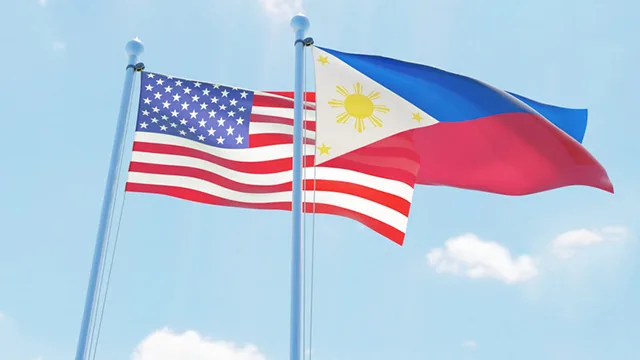kimzolciakwedding.com – The relationship between the Philippines and the United States is a complex tapestry woven from historical ties, cultural exchanges, and strategic alliances. This article delves into the multifaceted nature of this relationship, exploring its historical roots, the impact of American colonization, and the contemporary dynamics that continue to shape the partnership between the two nations.
Historical Context
The story of the Philippines and America began in the late 19th century when the Philippines, then a Spanish colony, was ceded to the United States following the Spanish-American War in 1898. The Philippine-American War ensued as Filipinos resisted American rule, seeking independence. Despite this tumultuous start, the United States maintained control until granting the Philippines independence in 1946.
Cultural Exchange and Influence
The American colonial period left a lasting impact on Philippine society. English became one of the official languages, and American education, political systems, and cultural norms were introduced. This period also saw the rise of a Filipino middle class and the development of infrastructure and institutions modeled after American systems.
Strategic Partnership
In the post-World War II era, the Philippines and the United States forged a strong strategic alliance, formalized by the 1951 Mutual Defense Treaty. This partnership has been pivotal in maintaining regional security in the Asia-Pacific region, with the United States providing military assistance and support to the Philippines.
Contemporary Dynamics
Today, the relationship between the Philippines and America is characterized by robust military ties, significant economic relations, and a shared commitment to democratic values. The two nations collaborate on various fronts, including counterterrorism efforts, disaster response, and addressing transnational crimes.
Economic Relations
Economically, the Philippines and the United States are important trade partners. American investments in the Philippines span various sectors, including manufacturing, services, and technology. The Philippines also serves as a significant destination for American exports, further solidifying the economic interdependence between the two countries.
Cultural and People-to-People Ties
Cultural exchanges and people-to-people ties remain a cornerstone of the bilateral relationship. The large Filipino diaspora in the United States, along with educational and cultural exchange programs, foster a deep and enduring connection between the peoples of the two nations.
Conclusion
The relationship between the Philippines and America is a testament to the enduring impact of historical ties and the dynamic nature of international partnerships. Despite challenges and shifts in global politics, the two nations continue to navigate their relationship with a focus on mutual respect, shared interests, and a commitment to a peaceful and prosperous future.



